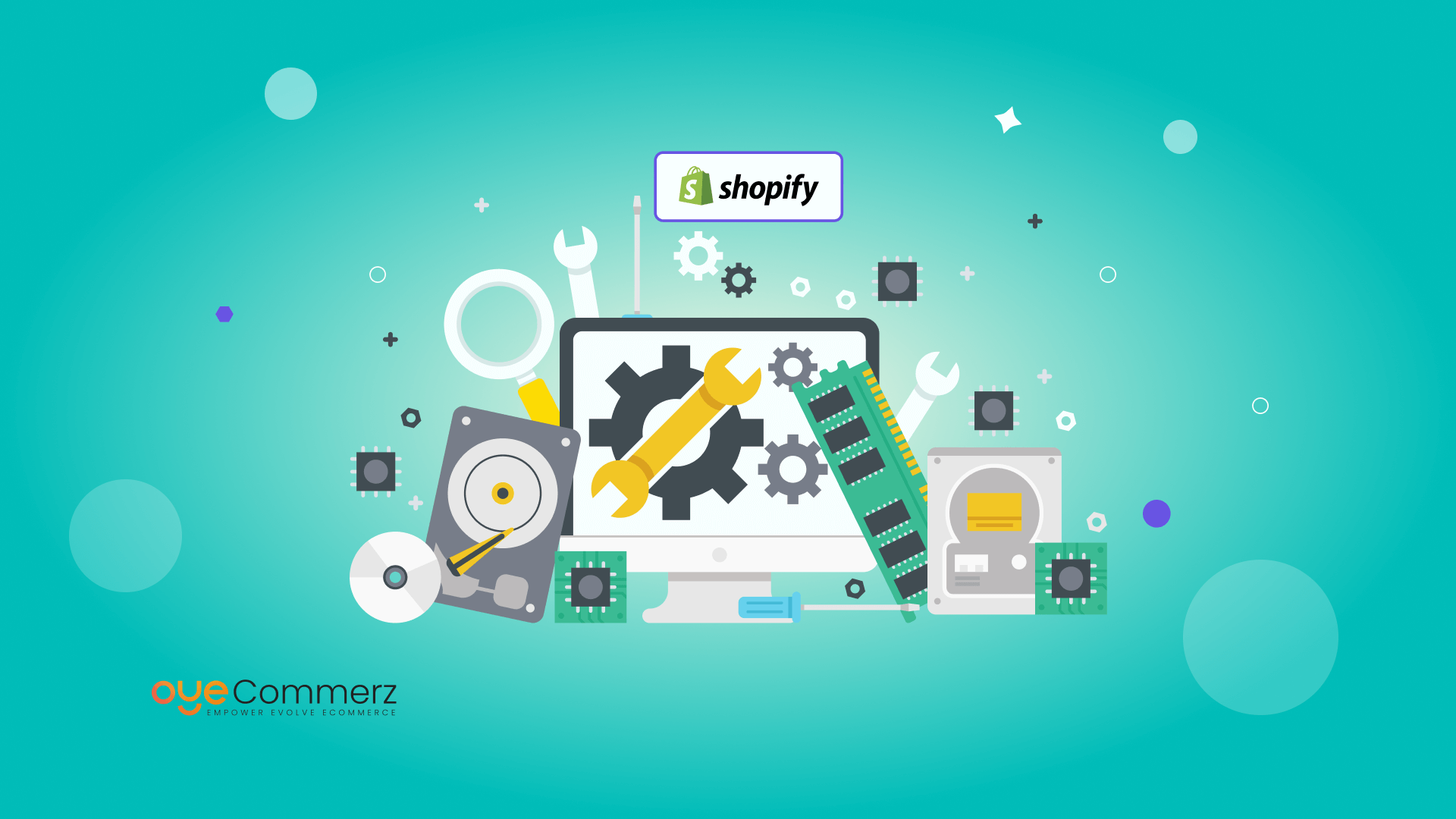
Introduction
In the current competitive e-commerce environment, Shopify merchants are constantly searching for methods to boost sales and optimize their business processes. An impactful solution is through tailored Shopify applications customized to fulfill specific operational goals. Integrating with the Shopify API and utilizing resources like the Polaris design system, such applications enable businesses to scale efficiently while enhancing user interaction. In this blog, we’ll explore important facets of Shopify app development, from design factors and core functionalities to recommended strategies for supporting and scaling apps effectively.
1. Understanding Shopify API Linkage
A comprehensive grasp of Shopify’s API—involving REST and Graph Query Language—is foundational for building robust Shopify applications. With these APIs, programmers can retrieve, change, and handle information within a Shopify shop. The Graph Query Language interface provides efficient data handling, enabling speedier outputs by retrieving only the necessary information. Linking to the API allows app creators to customize app features to the organization's unique needs, offering a smooth customer interaction that boosts operational effectiveness and revenue.
2. Utilizing the Shopify’s Polaris framework
Shopify’s design system assists developers to design a unified and easy-to-use experience across Shopify applications. Polaris gives a suite of building blocks and recommended practices that align with Shopify’s design language, creating apps appear native within the Shopify interface. This approach doesn’t just supports intuitive app navigation but also aids preserve branding uniformity, an critical component in building confidence with customers.
3. Developing within the Shopify Application Network
The Shopify app ecosystem is extensive, enabling developers to create integrated Shopify apps that operate inside a store's admin panel. Internal apps optimize the customer journey by linking seamlessly within Shopify’s interface, reducing the need for separate logins or further browsing. For programmers, leveraging Node.js for server-side processes and the React framework for the user interface has emerged as a popular option, as such tools facilitate growth-ready, user-friendly programs that offer an high-quality UX.
4. Core Components for Shopify Apps
A effective Shopify app requires features that tackle critical issues in the customer shopping experience. Webhooks for real-time notifications, personalized layout customization options, and omnichannel retailing features are essential additions that can enhance operational control and user interactions. By integrating these components, Shopify apps don’t just optimize in-house tasks but also improve the shopper's journey.
5. Key Strategies for Application Building
When developing Shopify applications, it’s important to maintain standard guidelines. Upkeep methods such as consistent improvements, customer support, and protection protocols are critical for sustaining consumer confidence. Promotional efforts for Shopify applications can also be utilized to boost app visibility and user base. Customer engagement tactics, such as app alerts and reward systems, are key for retaining users and fostering a loyal customer base.
6. Expanding Shopify Applications for Future Demand
As Shopify stores grow, expanding app capabilities becomes essential to accommodate greater usage and feature requests. Leveraging on-demand resources and focusing on efficient data handling through GraphQL can support applications expand without lagging. It’s just as crucial to have a strategy for expanding the app’s infrastructure to handle increased demand, which includes a guide for finding a development partner with background in Shopify applications.
7. Understanding the Investment of Creating Shopify Applications
Creating personalized Shopify applications can range broadly in investment depending on the functions, integrations, and customization required. Fundamental elements like backend linkages, customer engagement tools, and digital marketing capabilities can increase expenses. However, the revenue benefits is often valuable, as these applications can directly improve sales and simplify app visibility strategies store operations.
8. Support Plans
Maintaining an app is as important as creating it. Ongoing improvements to fix errors, improve security, and maintain integration with the current Shopify framework are essential. Planned support measures app maintenance strategies also include user assistance and function upgrades that keep up with the digital retail landscape.
9. Tools for Building Shopify Applications
Shopify offers multiple options to simplify the development process, from software platforms like JavaScript runtime and React.js framework to Webhooks for immediate changes. Tools like Shopify’s CLI simplify the app creation path, while Shopify App Bridge enables integrated applications to connect easily with Shopify’s admin interface. Such tools are invaluable for creating apps that are both effective and user-friendly.
10. Upcoming Innovations in Shopify Application Building
The outlook of Shopify application building is promising, with trends heading in the direction of AI-powered features, improved cross-channel functionality, and new application add-ons. As online shopping develops further, app creators will have to keep up with new directions to develop solutions that don’t just fulfill but outperform market demands.
Conclusion
Personalized Shopify software give a powerful method for digital retailers to expand with ease, increase revenue, and streamline operations. From connecting with data interfaces and the design standards to core elements and maintenance strategies, all factors of Shopify app development plays a crucial role in delivering a user-friendly journey for customers. As Shopify continues to innovate, staying ahead of emerging directions in software building will enable organizations maximize Shopify’s extensive platform, reinforcing their position in the online shopping landscape.